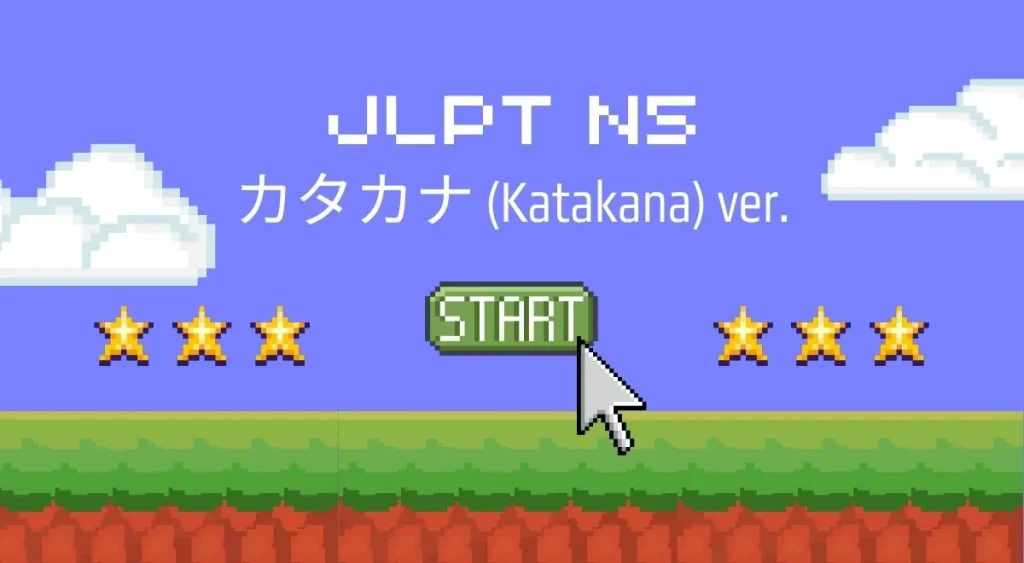【JLPT N5】Katakana ver.

LPT N5 is the most basic level of the Japanese Language Proficiency Test. This level is designed for foreigners who are just beginning to learn Japanese to acquire basic Japanese language knowledge and skills.
An important part of this stage is to be able to understand and use hiragana and katakana. These two characters are fundamental to writing Japanese and each has its own characteristics.
katakana
- Shape:. It is linear and angular in shape.
- Usage It is mainly used for foreign words (e.g., computer, television), proper nouns, names of animals and plants, and words that imitate sounds.
- Features: -Features: -Features Katakana also consists of 46 characters and has a special role in the Japanese language.
Mastering katakana is an important first step in learning Japanese. By building on this foundation, you can smoothly move on to more complex grammar and vocabulary.
"Goandup Nihongo+", an online Japanese language learning service
Click here for Goandup Nihongo+ materials ▼
【JLPT N5】Hiragana ver.
【JLPT N5】Hiragana and Katakana ver.
【JLPT N5】Kanji ver. Part 1
Contents
katakana learning
Katakana is another important part of the Japanese language. It too consists of 46 characters and, like hiragana, is used to represent Japanese sounds. Katakana is mainly used to emphasize foreign words, proper nouns, names of animals and plants, or words. For example, foreign place names such as "America" and foreign words such as "computer" are written in katakana.
Katakana is clearly distinguishable from hiragana and kanji because its shape is straight and angular. This is also a way to make foreign words and other characters stand out in a Japanese sentence. Katakana characters are easy to read for small children who have difficulty with kanji, and for foreigners who are just beginning to learn Japanese.
Just as hiragana forms the foundation of the Japanese language, learning katakana is also essential to a deeper understanding of the language. By learning both hiragana and katakana, you will be able to handle all forms of Japanese notation.
| A | I | u | E | O | |
|---|---|---|---|---|---|
| long vowel mark (usually only used in katakana) | ア a | イ i | ウ u | エ e | オ o |
| k | カ ka | キ ki | ク ku | ケ ke | コ ko |
| sadist | サ sa | シ shi | ス su | セ se | ソ so |
| t | タ ta | チ chi | ツ tsu | テ te | ト to |
| N | ナ na | ニ ni | ヌ nu | ネ ne | ノ no |
| indecent | ハ ha | ヒ hi | フ fu | ヘ he | ホ ho |
| Mega | マ ma | ミ mi | ム mu | メ me | モ mo |
| Y | ヤ ya | ユ yu | ヨ yo | ||
| radius | ラ ra | リ ri | ル ru | レ re | ロ ro |
| W | ワ wa | ヲ wo | |||
| N | ン n |
Now let's learn the stroke order of katakana with illustrations! There is also a practice chart, so please print it out and practice by actually writing.






